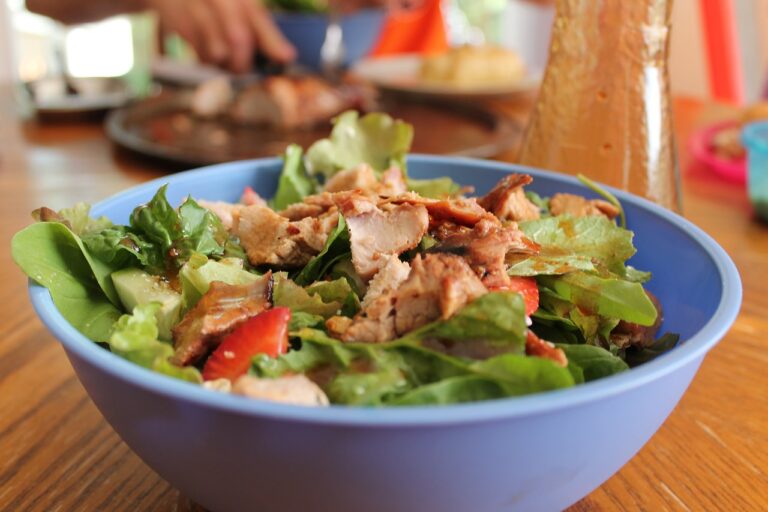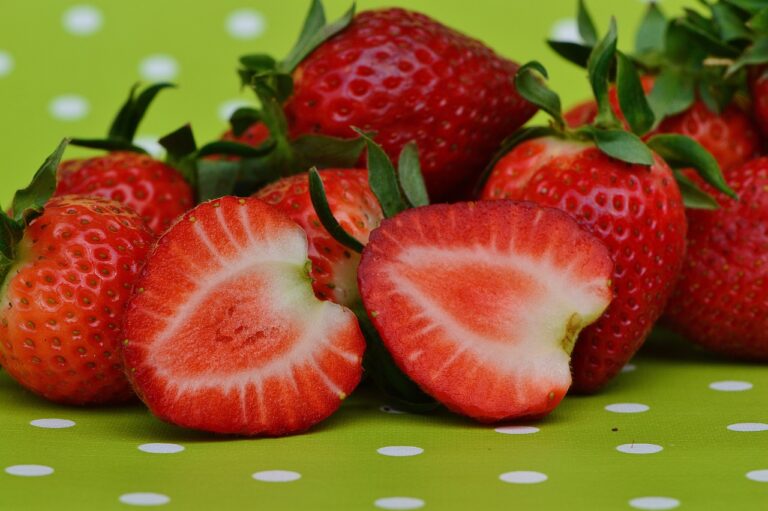Trends in High-Fiber Foods for Institutional Food Service: Allpaanel, Laser247.com login, Betbook247 login
allpaanel, laser247.com login, betbook247 login: Institutional food service providers, such as schools, hospitals, and corporate cafeterias, are constantly looking for ways to enhance their menus and provide healthier options for their customers. One way they are achieving this is by incorporating more high-fiber foods into their offerings. High-fiber foods are known for their numerous health benefits, including improved digestion, weight management, and reduced risk of chronic diseases. In this blog post, we will explore the latest trends in high-fiber foods for institutional food service and how these trends are shaping the industry.
The Rise of Plant-Based Proteins
Plant-based proteins have been gaining popularity in recent years as consumers become more conscious of their health and the environment. Foods like lentils, beans, chickpeas, and quinoa are not only rich in fiber but also in protein, making them an excellent option for those looking to increase their fiber intake. Institutional food service providers are now incorporating more plant-based protein options into their menus to cater to the growing demand for healthier, more sustainable food choices.
Incorporating Whole Grains
Whole grains are another excellent source of fiber that can easily be incorporated into institutional food service menus. Foods like brown rice, whole wheat pasta, quinoa, and whole grain bread are not only rich in fiber but also provide essential nutrients like vitamins, minerals, and antioxidants. Many food service providers are now offering whole grain options as substitutes for refined grains in dishes like salads, sandwiches, and soups to boost the fiber content of their meals.
Adding More Fruits and Vegetables
Fruits and vegetables are naturally high in fiber and are essential components of a healthy diet. Institutional food service providers are now focusing on including more fruits and vegetables in their menus to increase the fiber content of their offerings. From fresh salads and vegetable stir-fries to fruit smoothies and fruit-based desserts, there are numerous ways to incorporate more fruits and vegetables into institutional food service menus to provide customers with a healthy and delicious dining experience.
Exploring Ancient Grains
Ancient grains like farro, spelt, and teff are gaining popularity for their unique flavors and nutrient profiles. These grains are rich in fiber, protein, and essential nutrients, making them a great addition to institutional food service menus. From ancient grain salads to grain bowls and soups, there are plenty of creative ways to incorporate these nutritious grains into dishes that will appeal to a wide range of customers.
Embracing Fiber-Rich Snacks
Institutional food service providers are also recognizing the importance of offering healthy snack options that are high in fiber. Snacks like nuts, seeds, dried fruits, and whole grain crackers are excellent choices for those looking to increase their fiber intake between meals. By offering a variety of fiber-rich snacks, food service providers can help customers maintain their energy levels throughout the day and support their overall health and well-being.
Promoting Fiber Awareness
As the demand for high-fiber foods continues to grow, institutional food service providers are taking steps to educate their customers about the importance of fiber in a healthy diet. From signage and menu labels highlighting fiber-rich options to educational materials on the benefits of fiber, food service providers are helping to raise awareness about the importance of including fiber in their daily meals. By promoting fiber awareness, food service providers can empower their customers to make informed choices that support their health and wellness goals.
In conclusion, the trends in high-fiber foods for institutional food service are focused on providing customers with healthier options that are both delicious and nutritious. By incorporating more plant-based proteins, whole grains, fruits, vegetables, ancient grains, and fiber-rich snacks into their menus, food service providers are catering to the growing demand for high-fiber foods. By promoting fiber awareness and educating customers about the importance of fiber in a healthy diet, food service providers are helping to support their customers’ overall health and well-being.
FAQs:
Q: Why is fiber important in a healthy diet?
A: Fiber is important in a healthy diet because it aids in digestion, helps maintain a healthy weight, and reduces the risk of chronic diseases like heart disease and diabetes.
Q: How can I increase my fiber intake?
A: You can increase your fiber intake by incorporating more fruits, vegetables, whole grains, legumes, nuts, and seeds into your diet and choosing fiber-rich snack options.
Q: Are high-fiber foods suitable for people with dietary restrictions?
A: Yes, many high-fiber foods are suitable for people with dietary restrictions, including gluten-free, dairy-free, and vegan options. It’s essential to check labels and menu options to ensure that they meet your dietary needs.







